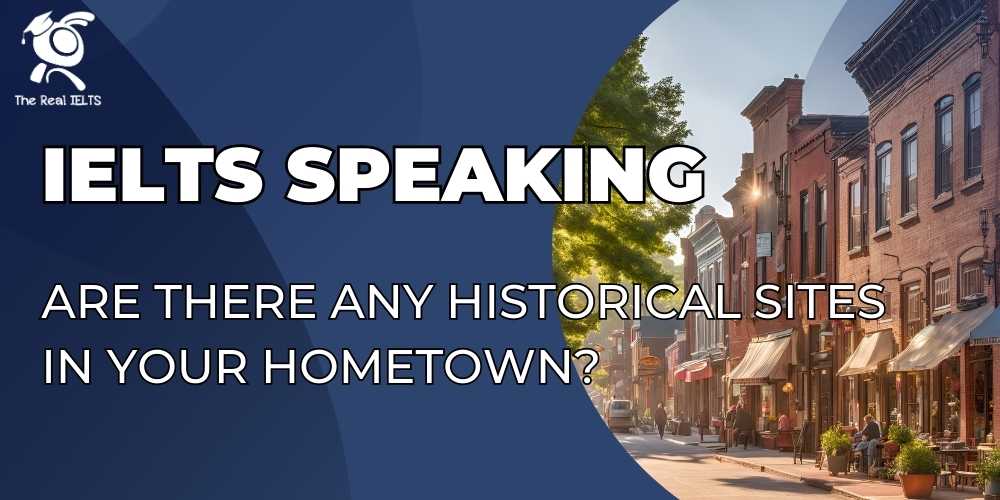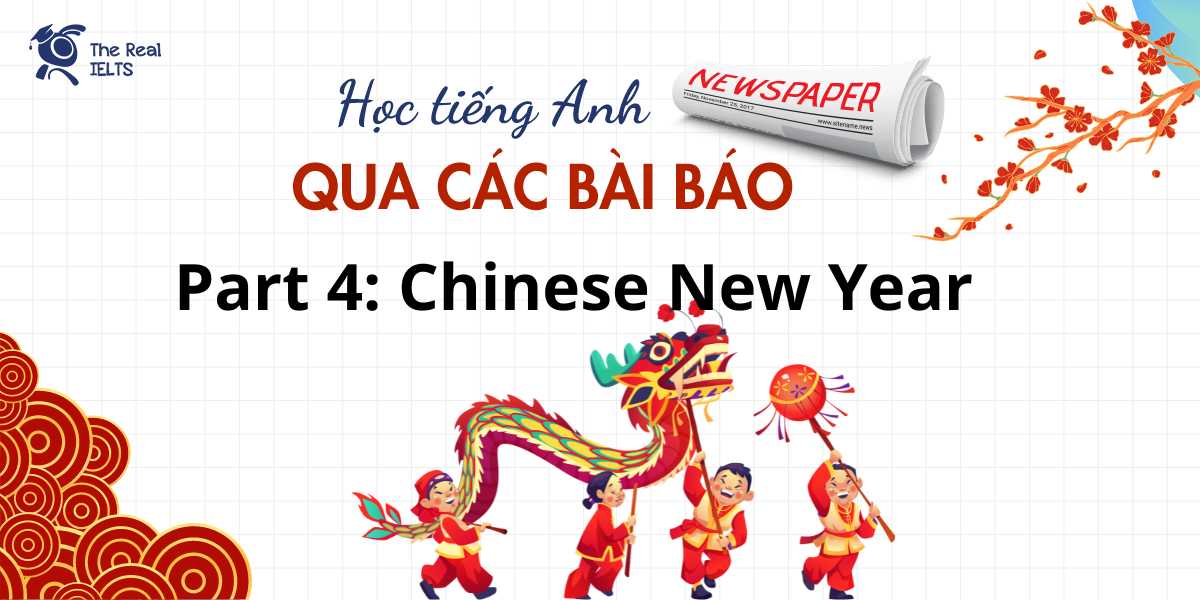Trong bài viết này, chúng ta sẽ khám phá cách trả lời câu hỏi IELTS Speaking về các địa danh lịch sử, kèm theo từ vựng và ý tưởng hữu ích. Các di tích lịch sử tại quê hương không chỉ mang giá trị văn hóa mà còn là niềm tự hào của cộng đồng.
Đọc thêm các bài luyện thi IELTS khác.
Đọc thêm câu hỏi khác tại: IELTS Speaking Part 1: Introduction and Interview chủ đề Your hometown.
Đọc thêm: IELTS Speaking: What are the most popular places to visit in your hometown?
Câu trả lời IELTS Speaking: Are there any historical sites in your hometown?
Ví dụ 1
Introduction:
My hometown is Hanoi, the capital of Vietnam, and it’s a city that’s deeply embedded with history and culture. Hanoi is not only the political center of the country but also a place that holds immense historical significance for me personally. Growing up in a city with so many historical landmarks has always made me appreciate the rich past that shapes the present. When it comes to historical sites, Hanoi is a treasure trove of ancient structures, monuments, and cultural heritage.
Geographical Description:
Geographically, Hanoi is located in the northern part of Vietnam, near the Red River. The city is famous for its unique blend of old and new, with historical sites sitting side by side with modern developments. One of the most iconic features of Hanoi is its lakes, such as Hoan Kiem Lake, which is a popular historical site and has a strong connection to Vietnamese folklore. The picturesque setting of the lake, surrounded by historical buildings and ancient streets, adds a special touch to the city’s atmosphere.
Cultural Aspects:
Culturally, Hanoi is a melting pot of traditions and customs that have been passed down through generations. The city is home to several historical sites, many of which are linked to Vietnam’s cultural practices, such as temples, pagodas, and old streets that tell the story of the city’s past. Some of the most well-known festivals, like the Hanoi Old Quarter Festival, celebrate the cultural traditions that are closely connected to these historical sites. The area around the Old Quarter, for instance, has narrow streets that date back hundreds of years, and each street used to specialize in a particular craft, like silk or gold. Walking through these streets feels like traveling back in time.
Historical Background:
In terms of historical significance, Hanoi is a city that has witnessed many important events in Vietnam’s history. One of the most notable historical sites is the Hoan Kiem Lake, which is not only beautiful but also holds great historical value. According to local legends, the lake was the site of a battle where Emperor Le Loi, in the 15th century, received a magical sword from a divine turtle, which helped him defeat the Chinese invaders. Another significant landmark is the Temple of Literature, which was established in 1070. It is one of the oldest universities in Vietnam, dedicated to Confucius, and it served as the intellectual hub for the country’s scholars for centuries. The presence of these historical sites provides a window into the spiritual and educational development of ancient Vietnam.
Another important site is the Hanoi Citadel, also known as the Imperial Citadel of Thang Long. This ancient complex dates back to the 11th century and has been recognized as a UNESCO World Heritage Site. The citadel is a symbol of the political power that once thrived in the region, and it showcases impressive architecture from the Ly and Tran dynasties. It’s fascinating to walk through the citadel’s grounds, where you can find ancient gates, royal palaces, and even remnants of military structures.
Economic Activities:
The historical sites in Hanoi have also played a significant role in the local economy. These landmarks attract tourists from all over the world, which contributes to the growth of the hospitality and tourism industries. The preservation and promotion of these historical sites provide opportunities for local businesses, such as hotels, restaurants, and souvenir shops, to thrive. Furthermore, many traditional crafts, such as silk weaving and pottery, have been revived in areas close to historical sites like the Old Quarter. The city’s history continues to influence the livelihoods of the residents, especially those who work in sectors related to tourism and cultural preservation.
Personal Connection:
On a personal level, the historical sites in Hanoi have always been a source of pride for me. I have many fond memories of visiting these places with my family and learning about their significance. I remember visiting the Hoan Kiem Lake as a child, listening to the stories about the magical sword and the legendary turtle. It was always a place of peace and reflection for me. Another memorable experience was visiting the Temple of Literature with my school, where I had the chance to learn about Vietnam’s rich educational history. These sites have helped me connect more deeply with my own culture and history, and they’ve inspired me to continue learning about the past.
Conclusion:
To sum up, Hanoi is home to numerous historical sites that reflect the city’s rich cultural and historical legacy. From the iconic Hoan Kiem Lake to the Temple of Literature and the Hanoi Citadel, these sites are not only beautiful but also provide valuable insights into the development of Vietnamese society. What I love most about these historical sites is that they offer a sense of continuity between the past and present, allowing both locals and visitors to appreciate the enduring heritage of my hometown. I feel incredibly fortunate to call a place with such a profound history my home.
Ví dụ 2
Introduction:
My hometown, Hanoi, is a city rich in history and culture. It is the capital of Vietnam, located in the northern part of the country. Hanoi has witnessed the rise and fall of dynasties and the development of Vietnam into the modern nation it is today. The historical sites in the city are a major part of what makes it so special to me. These landmarks not only represent the city’s past but also shape its present identity.
Geographical Description:
Hanoi is situated along the banks of the Red River, with its lush green parks and tranquil lakes, which are often surrounded by historical landmarks. For instance, Hoan Kiem Lake is a central historical site in the city. It holds significant cultural and spiritual importance. The lake, with its vibrant surroundings, gives the city a peaceful vibe despite being a busy urban center. The geography of Hanoi, with its mixture of natural beauty and historical sites, makes it a unique place to visit.
Cultural Aspects:
Culturally, Hanoi is a hub of traditions that go back thousands of years. The city’s historical sites reflect these deep-rooted customs and practices. One famous example is the Old Quarter, which has been around since the 13th century. Walking through its streets, you can find ancient buildings and old houses that represent the architecture and lifestyle of the past. The culture in Hanoi is alive, with festivals and events taking place around these historical sites. The Lunar New Year festival, for example, sees many celebrations at temples and pagodas that have been standing for centuries.
Historical Background:
Hanoi’s history is shaped by several important periods and events. One of the most notable historical landmarks is the Hoan Kiem Lake. This lake is associated with a legendary story from the 15th century when Emperor Le Loi, after defeating the Chinese invaders, returned the sacred sword he had used to a giant turtle in the lake. The Turtle Tower located in the middle of the lake is an important landmark and a reminder of this legend.
Another key historical site is the Temple of Literature, which was founded in 1070. It was Vietnam’s first national university and is dedicated to Confucius. The Temple of Literature is an educational and spiritual center that attracts many visitors who want to learn about the origins of Vietnamese education and culture.
One more must-visit place is the Imperial Citadel of Thang Long, which dates back to the 11th century. This citadel was the political and cultural center of Vietnam for many centuries. It has recently been recognized as a UNESCO World Heritage Site and is one of Hanoi’s most important historical sites, offering a glimpse into the grandeur of Vietnam’s past.
Economic Activities:
The historical sites in Hanoi also contribute significantly to the local economy. Tourism is a major industry in the city, and many visitors come specifically to see these historical landmarks. This has helped create jobs in various sectors, such as hospitality, transportation, and tourism services. Additionally, the preservation and promotion of these historical sites have also led to the revitalization of local industries like traditional crafts. People who live near these sites, such as in the Old Quarter, often rely on selling traditional goods and souvenirs to tourists.
Personal Connection:
Personally, I feel a deep connection to the historical sites in Hanoi. Growing up in this city, I visited many of these places with my family and learned about their significance. I remember going to the Temple of Literature during my school trips, where I was amazed by the architecture and history of the place. Hoan Kiem Lake has always been a peaceful retreat for me, and I love walking around it, reflecting on the city’s history. These sites are not just tourist attractions for me; they are part of my own personal history and identity.
Conclusion:
In conclusion, Hanoi’s historical sites are a testament to the city’s rich past. From the legendary Hoan Kiem Lake to the majestic Temple of Literature and the Imperial Citadel of Thang Long, these landmarks offer a unique perspective on the history of Vietnam. For me, these sites are more than just places to visit; they are deeply intertwined with the culture and spirit of my hometown. I am proud of the history these places represent, and I love how they continue to shape Hanoi’s identity today.















